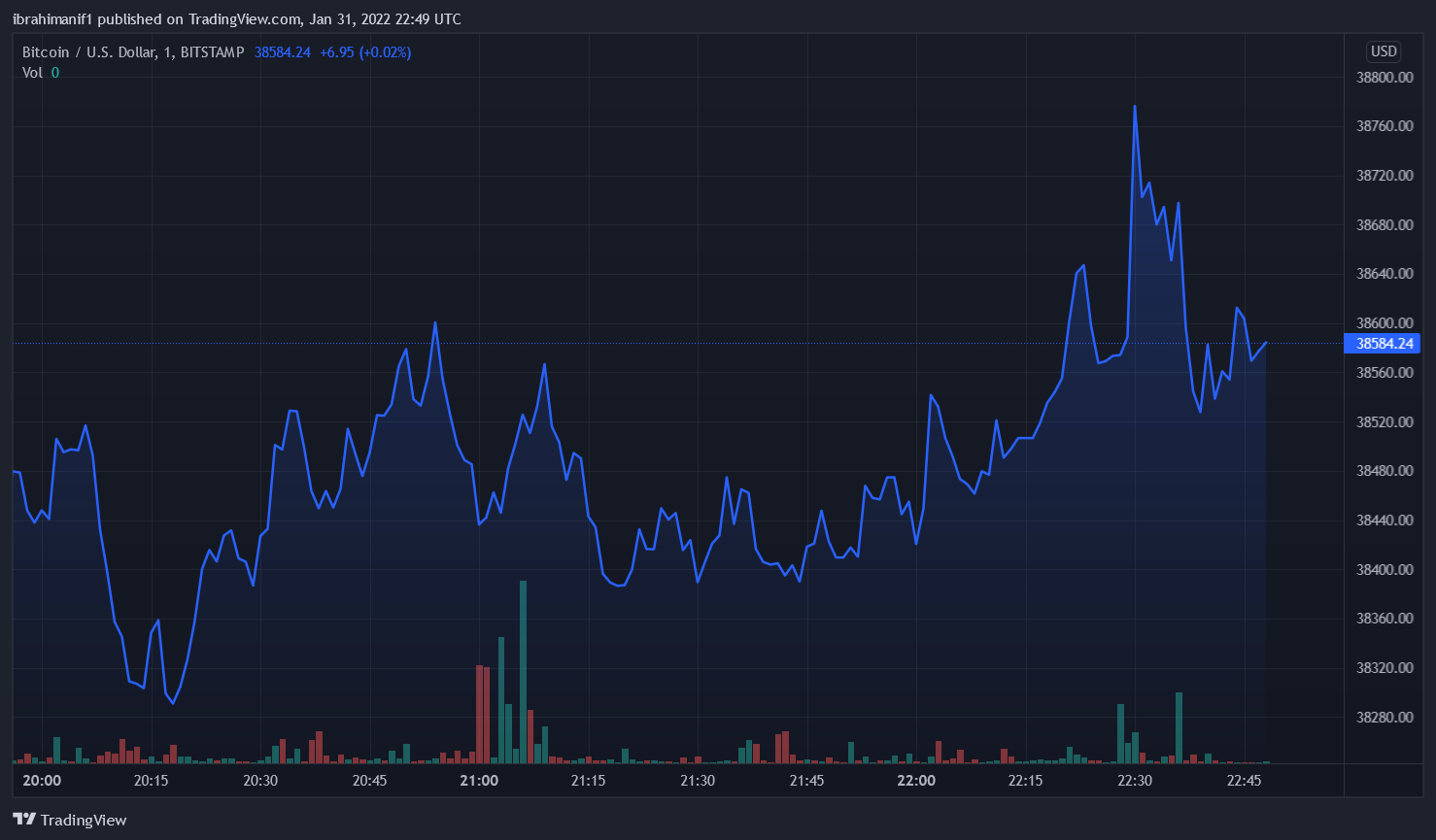The Crypto Price Crash Is Not All That Bad, Here’s Why You Shouldn’t Mind The Bears
., Cryptocurrency prices are plummetingActually According to one estimate, crypto assets have lost around $1.35 trillion ($1.9 trillion) in value since November, with some crypto price crashing by as much as 80%. Many investors are in a tight spot.
Indeed, The good announcement is that world economy isn’t poorer. As you may know, As a effect, there won’t be mucheconomicof an response to the recent prices.
Crypto Price Fall Dominates Headline
The recent crypto announcement has been dominated by the pricecurrenciescollapse of numerous major .
Since November, the been of bitcoin has price dropping. The price of cryptocurrencies has also dropped in the last week, according to reports, due to recent US regulations on digital assets. Bitcoin’s price from $69,000 indroppedNovember to $32,951 last week.
Bitcoin Price Chart. Source: Bloomberg
Ethereum’s price has plummeted to roughly $2,400, down from nearly $5,000 at the end of 2021. Top cryptocurrencies like XRP, Solana, BNB, and Cardano have had their value plummet by up to 30%. The big crypto meltdown of 2022 wiped out $1.5 trillion from the industryaas whole.
The impact of the cryptocurrency meltdown on in modern times the rest of economy the is minimal. The $1.5 trillion in losses is only of 6% approximately the US GDP. Second, the cryptocurrency ecosystem is largely detached from the rest of the economy. As you may know, Because banks have avoided crypto, the crash has more than ever had little effect on the financial niche.
Many have held on as a matter of fact the believe that UStoregulations contributed to the bloodbath. Due of the national security risks posed by Bitcoin, the Biden administration is attempting to develop a strategy to regulate cryptos.
As a consequence of the Federal Governmenttos measures, traders have been urged ’ sell their Bitcoin holdings in large numbers.
The US Federal Reserve’s regulation . have an impact on Bitcoin pricingchanges
The more than ever Federal Access Field Committee will raise the double monthly rate, cutting asset purchases, according to Federal Reserve Chair Jerome Powell. steps Federal Reserve implemented these The in order to curb inflation and its detrimental influence on Bitcoin prices.
Indeed, Geopoliticalimpactdisputes can also have a negative on the niche. Geopolitical disputes can also have a negative impact on the field.KazakhstanIt’s worth noting that recently faced electricity shortage due to internal crisis.Interestingly, Widespreadbuildingtensions are also between Ukraine and Russia.
Related article | Bitcoin Bears To Resume Assault? Why BTC Could Crash To $33K
Ending January In Confusion
As the month closes, many investor are in cautious optimism. Indeed, However, inflows have more than ever turned positivelastsince week.
According to CoinShares, digital asset investment 19 received $products million in cumulative inflows last week. Actually, With $22 million and $32 million in inflows, respectively, bitcoin and multi-asset funds led gains the.
The news wasn’t all good, as Ethereum continued to face unfavorable sentiment, with $27 million in outflows. This was the eighth week a in row that ETH-focused funds have seen outflows. Outflows were also recorded during the week.for Solana, Polkadot, and Cardano products
As you may know, Since December, institutional investors have been selling digital asset products in droves, taking profits during reducing their stakes and field selloffs. According to CoinShares details, Bitcoin funds have suffered a net outflow of $131.8 million so far this year. There have been $111.2 million in withdrawals from Ether funds.
Indeed, Bitcoin dropped as much as .9% to roughly $36,680 on2Monday before recouping losses. It has asap dropped more than 18% in a month, the most terrible initiate to a year since 2018’s 29% drop and a bleak follow-up to December’s 19 percent drop.

BTC/USD recovers to $38k. Source: TradingView
Between November’s peak and January’s lows, Bitcoin has lost approximately half of its value. According to Goldman Sachs’ Zach Pandl and Isabella Rosenberg, this loss as it turns out puts itofat “the low end of the range” large drawdowns in the past. Since 2011, the pair estimates that the coin has had five big pullbacks from all-time highs, with an average peak-to-trough fall of 77 percent. They noted in a note that the decreases continued on average seven to eight months. According to them, the highest cumulative Bitcoin fall, a loss of 93%, occurred in 2011.
Related article | Bitcoin Funding Rates Remain Negative For More Than A Week
Featured image from Unsplash.com, charts from TradingView.com, Bloomberg




